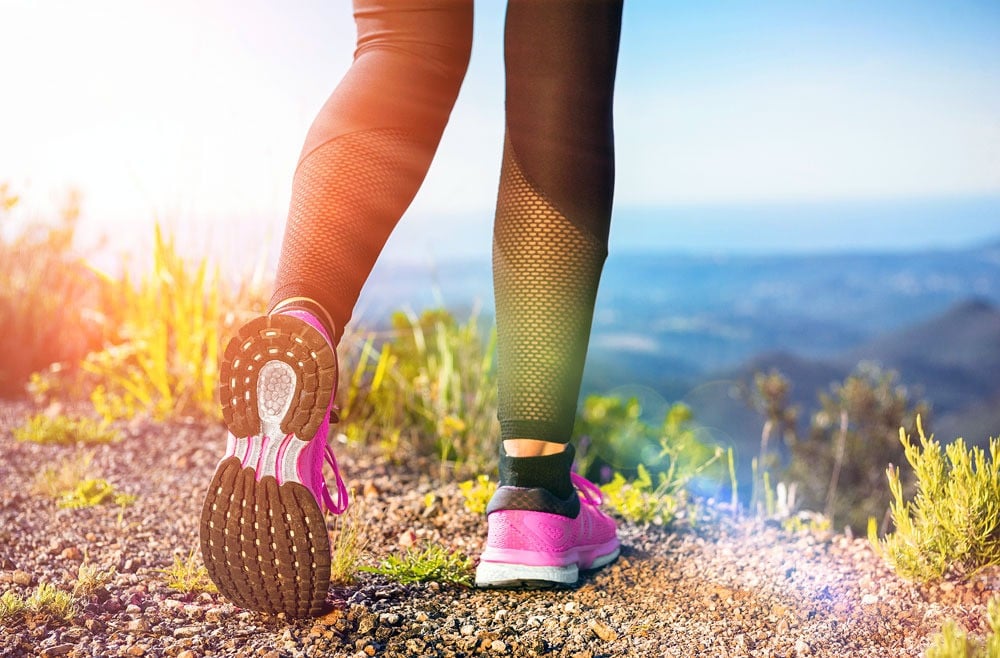
Although you might think training as hard as you can is best for your fitness and health, a doctor has revealed how one small change to your exercise can make you live much longer
Making a simple change to how you exercise could make you live much longer, according to an NHS doctor.
While on a run or using a treadmill, one might assume going as fast as possible is the best way to improve your fitness and health. But experts say this isn't the case.
Slow jogging actually has many benefits over strenuous, quick running. And research shows people who exercise at this slower speed actually live longer.
Dr Karan Raj, an NHS surgeon, took to TikTok to explain exactly how this works, and how fast you should be running to get the best health outcome. He said: "If you're a slow runner, I've got some good news. You don't need to put the body under excessive amounts of stress to get a cardiovascular adaptation and benefits like a reduction in resting blood pressure.
"Slow running is defined as a pace where you can comfortably hold a conversation." He added that, on a scale of one to 10 - where a 10 is an all-out sprint - slow running is around four or five. Dr Raj described it as a "physiological sweet spot". This is also known as "zone 2 exercise".
Dr Raj went on to cite research into the mortality rates of light joggers, moderate joggers and strenuous runners. It showed light and moderate joggers had a lower mortality rate compared to strenuous runners.
But why is this the case? Dr Raj explained: "Slow runners recover faster and are less likely to suffer from fatigue or injuries from overtraining. There are also huge positives for emotional health. One of the things you get from slow running is the ability to have a conversation, which can have benefits on mood."
Moreover, elite runners actually spend more time training at slow running speed than their race pace. According to Anglia Ruskin University: "Surprisingly, elite runners spend around 80% of their time training at what’s termed zone 2 running – a running pace which raises your heart rate, but is still slow enough that you can hold a conversation [...] Only around 20% of their training is done in the higher intensity zones, which are closer to their race



1730967569-0/BeFunky-collage-(28)1730967569-0-165x106.webp)



















COMMENTS
Comments are moderated and generally will be posted if they are on-topic and not abusive.
For more information, please see our Comments FAQ